Office design plays a crucial role in promoting creativity and innovation in the workplace. A well Office interior design space can inspire employees to think outside the box, collaborate more effectively, and generate new ideas. Here are some ways Office interior design can promote creativity and innovation:
1.Open Space Layout:
Open space layouts promote communication and collaboration among employees. By creating a more open and accessible workspace, employees are more likely to interact with each other, share ideas, and collaborate on projects. This type of layout fosters a sense of community and can encourage cross-functional teams to work together.
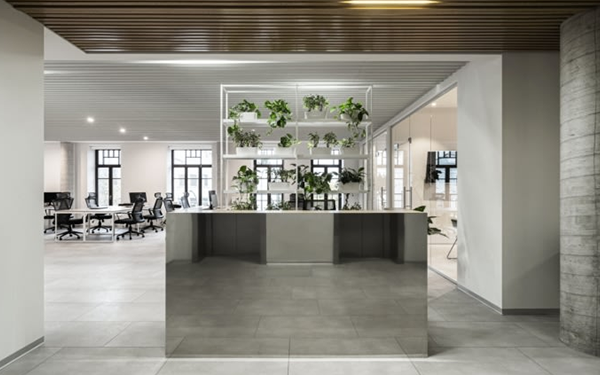
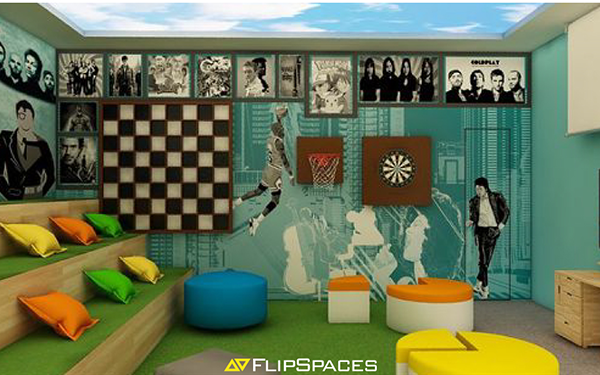
2.Color and Lighting:
Color and lighting can influence employee mood and creativity. Studies have shown that colors such as blue and green can enhance creativity, while yellow and red can increase energy levels. Natural lighting is also important, as it can improve mood, reduce eye strain, and boost productivity.
3.Spaces:
Breakout spaces provide employees with a change of scenery and a place to recharge. These areas can be used for brainstorming sessions, casual meetings, or individual work. By giving employees the opportunity to step away from their desks and work in a different environment, they are more likely to come up with new ideas and perspectives.
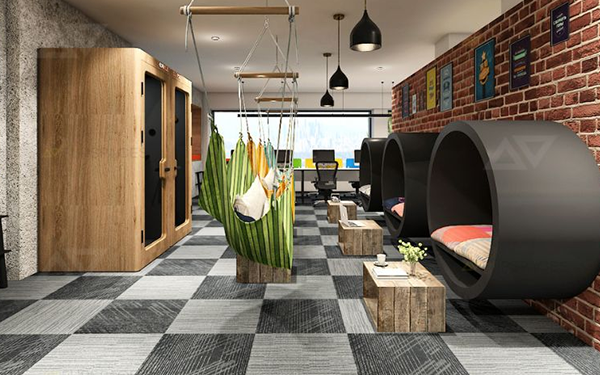
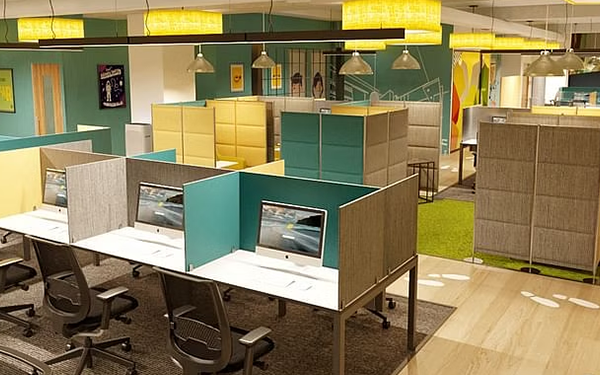
4.Flexibility:
Flexible Office interior design allows employees to choose where and how they work. This can include standing desks, movable furniture, and adjustable lighting. By giving employees control over their work environment, they are more likely to be comfortable and productive, leading to more creativity and innovation.
5.Inspiring Decor:
Artwork, plants, and other inspiring decor can create a positive and creative atmosphere. Artwork and plants can reduce stress levels and boost creativity, while inspiring quotes and messages can motivate employees and reinforce company culture.
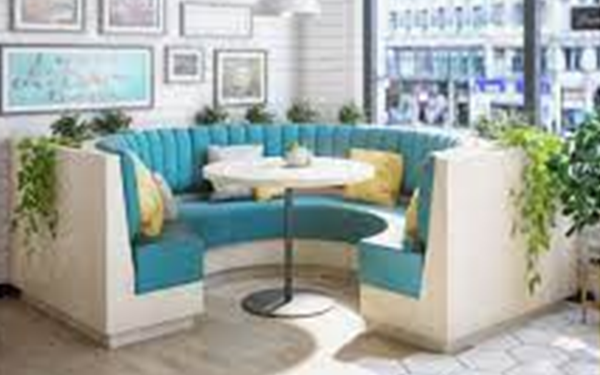
By incorporating these elements into Office interior design , companies can create an environment that promotes creativity, innovation, and collaboration among employees. This can lead to increased productivity, improved employee morale, and a more successful business overall.
This week's top stories on office interior design bring a wealth of inspiration and practical tips for creating an efficient and productive workspace. Here are some of the highlights:
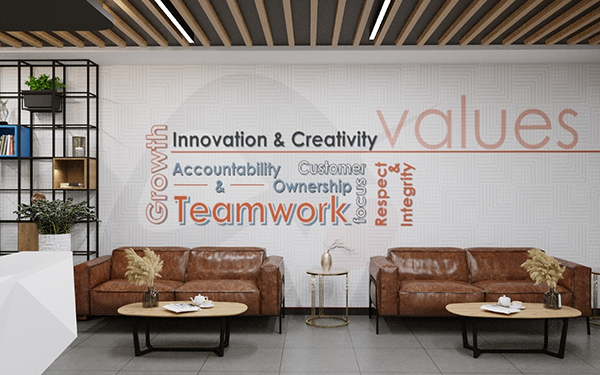
1.The benefits of biophilic design:
Incorporating natural elements such as plants and water features into office design can improve employee well-being and productivity.
2.Using color to boost creativity:
Research shows that certain colors can stimulate creativity and boost mood. Consider using blue for calmness and productivity or green for inspiration and balance.
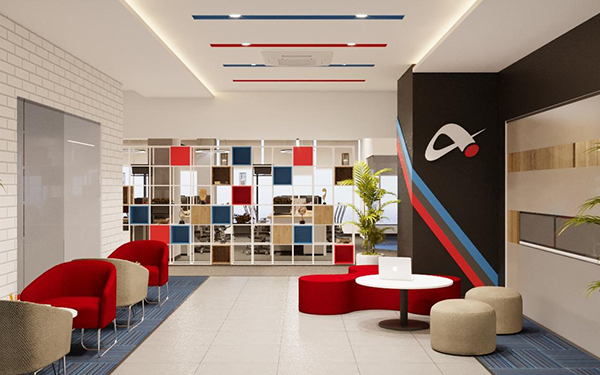
3.The importance of ergonomics:
Poor office interior design can lead to physical discomfort and even injury. Make sure employees have access to adjustable chairs, desks, and monitors to prevent health issues.
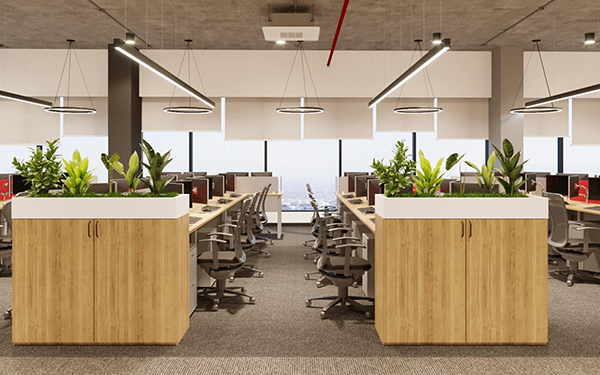
4.Designing for collaboration:
Collaboration spaces such as conference rooms and open workstations can encourage teamwork and innovation. Make sure these areas are well-lit and equipped with the latest technology.
5.Incorporating technology:
Technology plays a vital role in office interior design. Consider implementing tools such as video conferencing and digital whiteboards to improve communication and collaboration.
6.Designing for sustainability:
Using eco-friendly materials and practices not only benefits the environment but can also improve employee health and productivity.
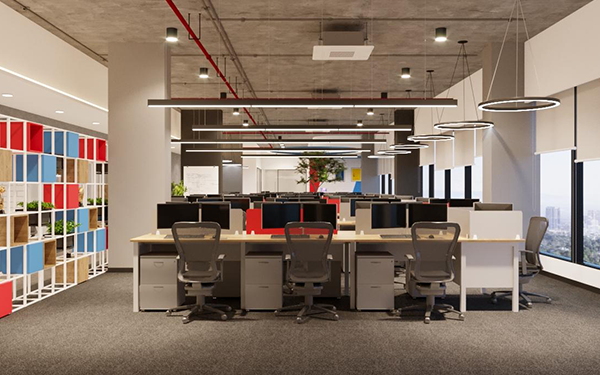
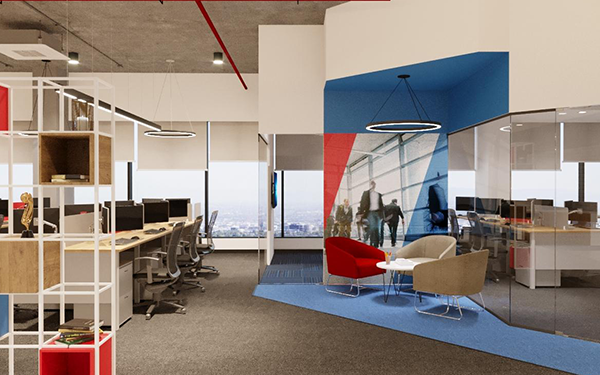
7.Creating a welcoming atmosphere:
A welcoming office design can improve employee morale and impress visitors. Consider using branding elements, comfortable furniture, and artwork to create a warm and inviting space.
By incorporating these tips into your office interior design, you can create a workspace that promotes productivity, creativity, and employee well-being.
Office interior design can have a significant impact on employee productivity, well-being, and overall satisfaction. One aspect of office design that can have a significant impact is the use of color. Color has been shown to affect mood, emotions, and behavior, making it a powerful tool in office design. In this article, we'll explore how the psychology of color can be used in office interior design.
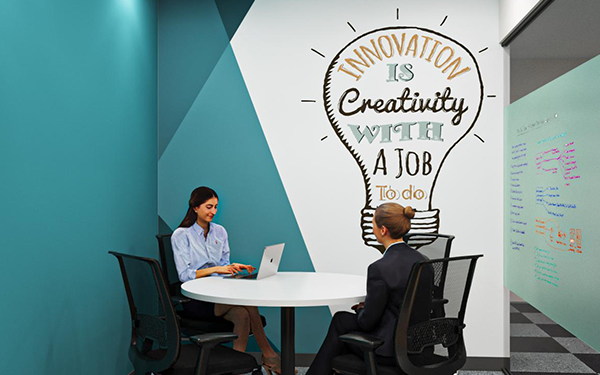
1.Blue:
Blue is a calming color that promotes a sense of tranquility and productivity. It is an excellent choice for offices where employees need to focus on tasks that require concentration and attention to detail. Blue is also associated with trust and reliability, making it an excellent choice for offices that deal with financial or legal matters.
2.Green:
Green is a restorative color that promotes balance and harmony. It is an excellent choice for offices where employees need to be creative or work on projects that require problem-solving skills. Green is also associated with growth and prosperity, making it an excellent choice for businesses in the finance or tech industries.
3.Yellow:
Yellow is a cheerful color that promotes optimism and positivity. It is an excellent choice for offices where employees need to feel energized and motivated. Yellow is also associated with intelligence and creativity, making it an excellent choice for offices where brainstorming and idea generation are critical.
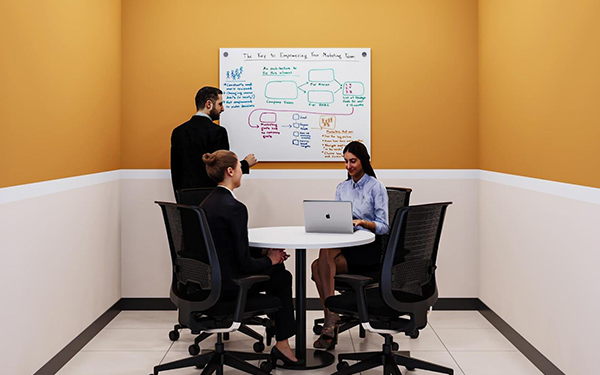
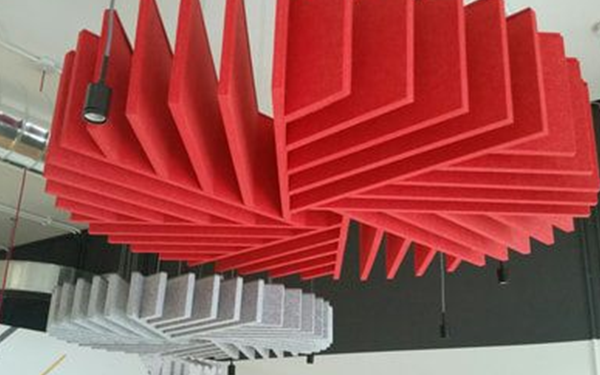
4.Red:
Red is a powerful color that promotes excitement and passion. It is an excellent choice for offices where employees need to be assertive and competitive, such as sales or marketing. Red is also associated with strength and power, making it an excellent choice for executive offices.
5.Purple:
Purple is a regal color that promotes luxury and sophistication. It is an excellent choice for businesses that deal with high-end products or services, such as luxury brands or boutique hotels. Purple is also associated with creativity and innovation, making it an excellent choice for businesses in the design or fashion industry.
6.Orange:
Orange is a vibrant color that promotes enthusiasm and energy. It is an excellent choice for offices where employees need to be creative and innovative. Orange is also associated with friendliness and approachability, making it an excellent choice for businesses that deal with customer service.
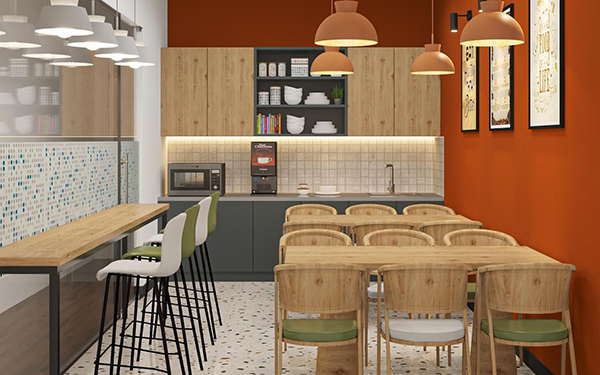
In conclusion, the psychology of color can have a significant impact on office interior design. By selecting colors that promote the desired mood, emotions, and behavior, you can create a workspace that enhances employee productivity, well-being, and overall satisfaction. It's important to note that the effects of color can vary based on personal preferences and cultural backgrounds, so it's essential to consider the specific needs of your employees and your business when selecting colors for your office interior design.
When working with a small office space, it's important to make the most of every inch. The right design strategies can help you optimize your space, creating a functional and productive work environment. Here are some office interior design strategies to help you make the most of your small office.
1.Plan and measure:
Start by creating a detailed floor plan of your office interior design space. Measure the dimensions of the room and all furniture items to ensure everything fits in the designated space.
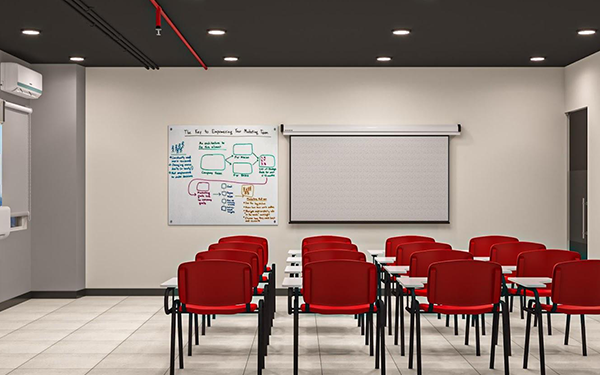
2.Prioritize functionality:
Focus on the key elements you need to have in your office interior design space, such as a desk, chair, filing cabinet, and storage. Make sure these items are placed in a way that maximizes their functionality.
3.Use multifunctional furniture:
Consider furniture that serves multiple purposes, such as a desk with built-in storage or a filing cabinet that doubles as a side table.
4.Embrace vertical space:
Use shelving and storage units that extend vertically up the walls, maximizing storage space while keeping the floor area clear.
5.Keep it simple:
Avoid clutter and keep the space clean and uncluttered. Use minimalist design principles to create a clean and simple aesthetic that promotes focus and productivity
6.Let in natural light:
Natural light can make a small space feel more open and inviting. Use light, airy curtains or shades that let in natural light while still providing privacy.
7.Use color wisely:
Use light, neutral colors to create the illusion of more space. You can add pops of color with accessories or artwork.
8.Corporate mirrors:
Mirrors reflect light and can create the illusion of more space. Consider adding a large mirror to your office interior design space to make it feel bigger.
By implementing these office interior design strategies, you can optimize your small office space to create a functional and productive workspace.